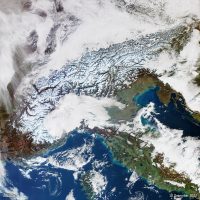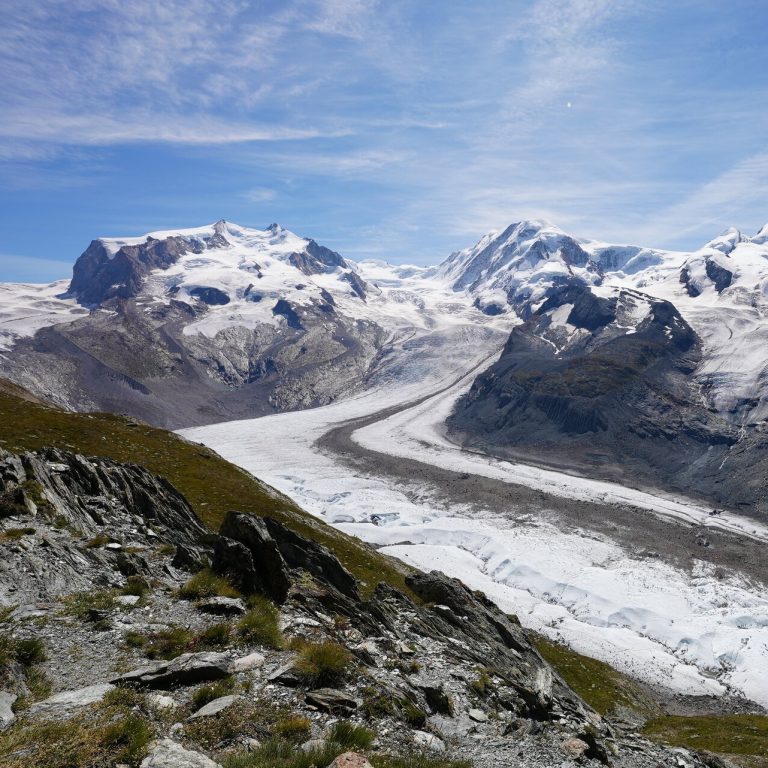INVESTIGATING SNOW – Mini Case Study for Climate Detectives
The mini case studies for Climate Detectives are intended to help teachers to identify the topic that their Climate Detectives team will investigate and to guide them during the different phases of the project. In the template, teachers will find some suggestions of data that students can collect and analyse. The suggestions are not exhaustive, and the teachers may decide on their own specific focus within a given research area. The mini case study should be used in conjunction with the teacher guide and not as a standalone document.
This case study is dedicated to the topic of Snow and Climate and students will investigate the links between snowing events, snow cover and climate change. This mini case study is an ESA Education production in collaboration with ESERO Finland.
Subject Biology, Science, Earth Science, Chemistry
- Gaining knowledge about snow and its characteristics
- Understand the relation between Snow cover and Climate Change
- Identify the consequences of changes in the snow cover
- Understand how Earth observation satellites can be used to monitor changing snow cover and snowing events during several years
Did you know?
Sandstorms from the Sahara can sometimes travel all the way to Europe. When snowfall hits, a snow crystal forms around a particle of Sahara sand. The resulting snowdrifts look orange, their dirtiness observable with the naked eye. The phenomenon happens more often in Southern Europe, for example in the snow resorts of the Alps, but it is possible for the phenomenon to happen almost every year or several times a year in Northern Europe as well.

Astro farmer
Brief description:In this set of six activities, students will investigate which factors affect plant growth, and relate these factors to...
After the storm – Tracking Hurricane Matthew and analysing its impact
Brief description In this set of two activities, students will explore the applications of Earth observation data in tracking hurricanes...
Is ozone good or bad? -The discovery of the Antarctic ozone hole
Brief description In this set of three activities, students will learn about ozone and the impacts – good and bad...
The Carbon Cycle
Brief description In this set of three activities, students will learn about the carbon cycle and use it to identify...
Biodiversity and Habitat Loss
Brief description In this set of three activities, students will start with a reading assignment that introduces vocabulary and ideas...


